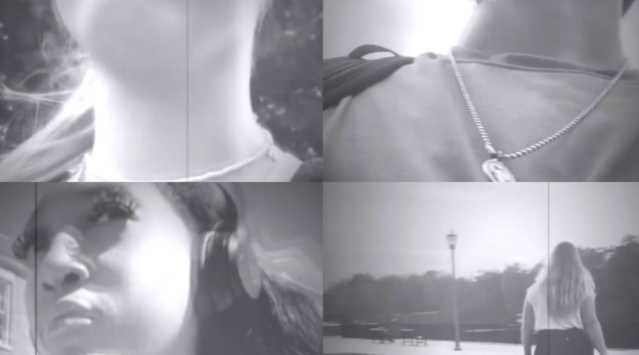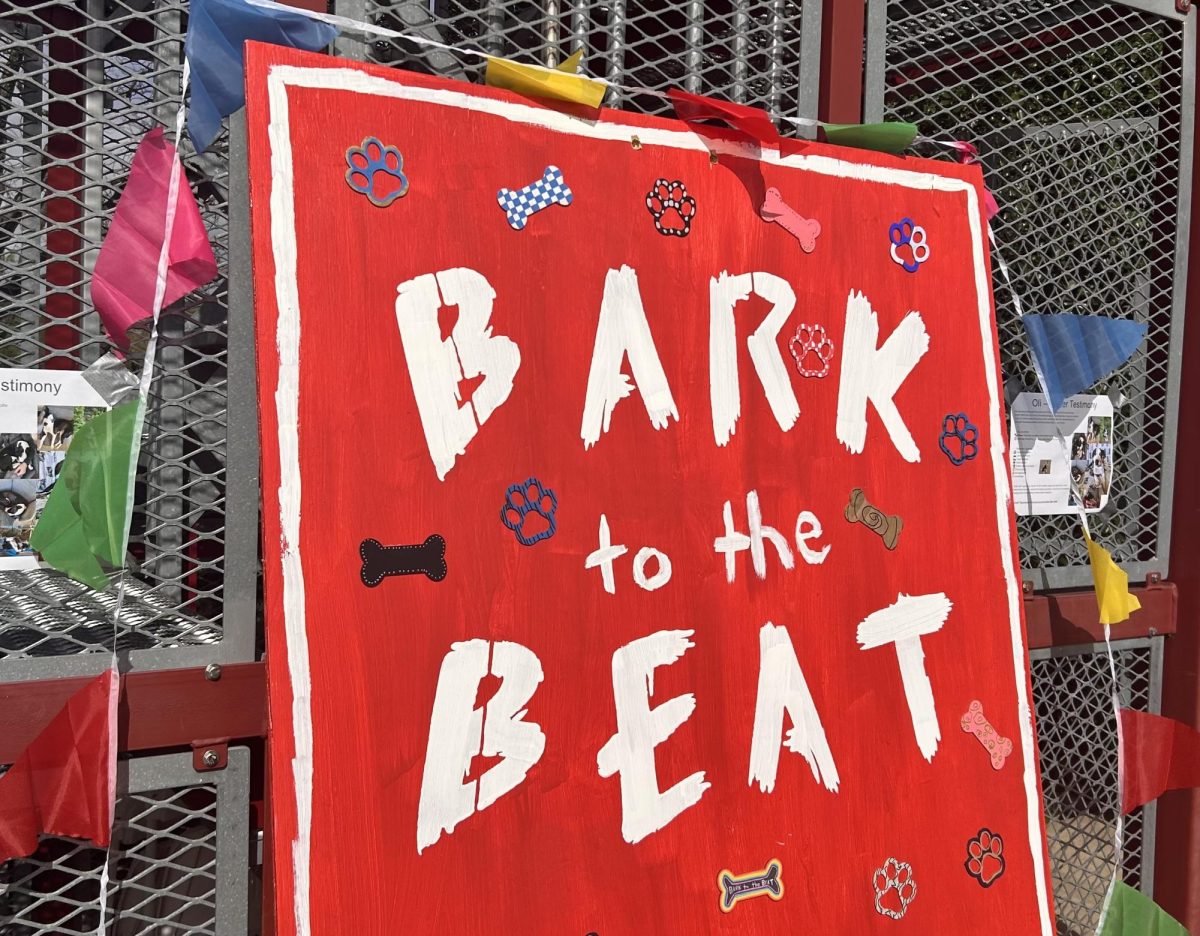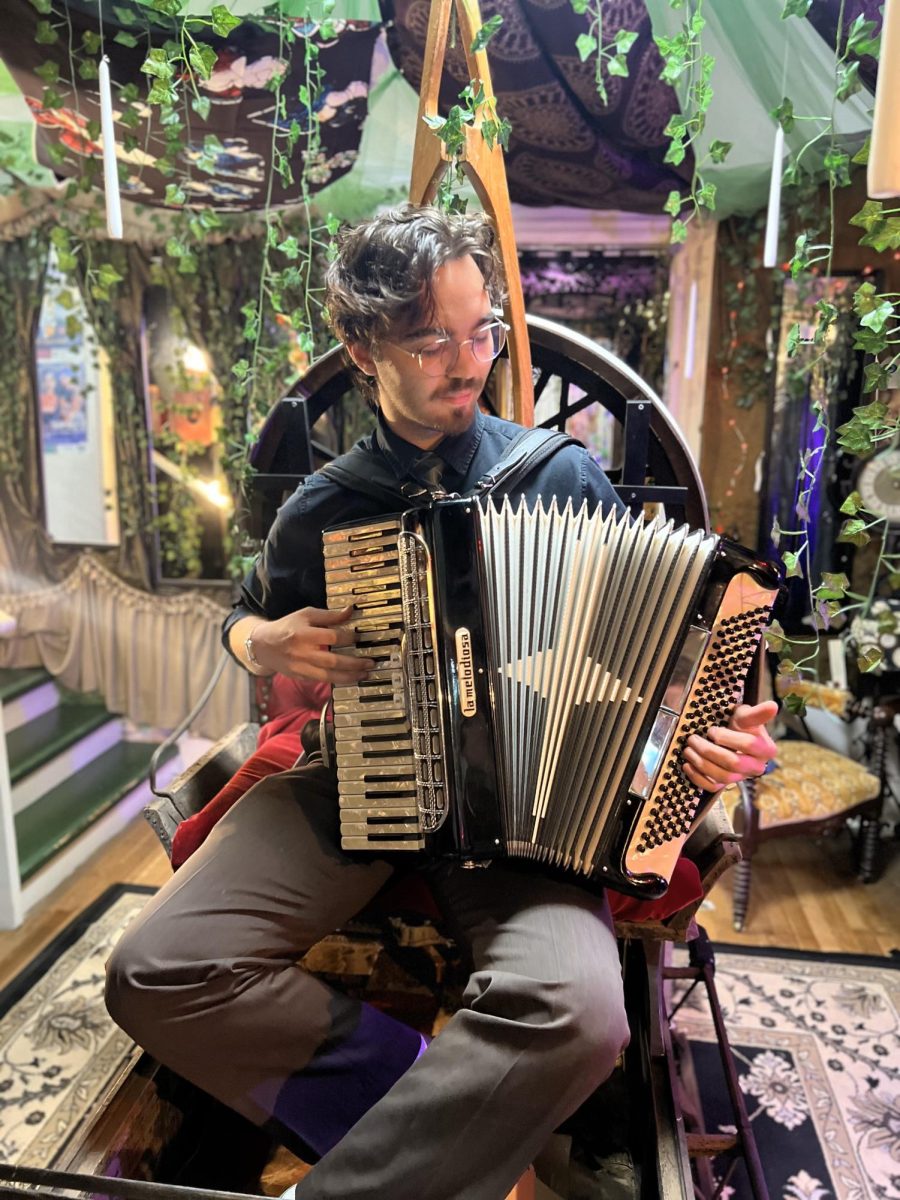Without realizing it, you’ve probably seen or heard of the works of Joel Chandler Harris. Characters like Br’er Rabbit, Br’er Fox and Br’er Bear are common throughout popular culture, featured in children’s stories, animated films like “The Song of the South,” and theme park rides such as Disney’s Splash Mountain.
But these animal friends have a long and sometimes controversial history, one explored in “Breaking Out of the Briar Patch: Joel Chandler Harris in Perspective,” a new exhibit at the Hoole Special Collections library.
“We’ve tried to show how [the characters] are still very much in existence, but are very much changed by what they were originally,” said Meagan Morris, a recently graduated student of history who helped put the exhibit together. “It’s really trying to show the change over time, and how we want to go back to addressing where [the characters] came from and the controversies.”
Harris was a southern author and journalist who gathered the stories he’s famous for from slaves on a Georgia plantation. He later published them in collections, alongside the frame tale of a friendly slave named Uncle Remus. Morris said that because of the racially charged origins of the stories, modern adaptations often remove the Uncle Remus character, and in doing so, obscure where the stories came from.
“We are hoping that with this exhibit, we will bring back the conversation about where all of these things come from that we still use to this day… and that we’ll be able to talk about why these things have been removed, why it’s important to remember where they’ve come from, and try and just remember how they’re part of our own past,” Morris said.
The Uncle Remus stories are usually criticized for portraying the antebellum South in a positive light and feature what Morris described as “stock characters” such as the “old time mammy,” the “happy go-lucky slave,” and the “pitiful freedman,” which modern audiences may find offensive. In the 1970s, Disney adapted Harris’s stories into “The Song of the South,” a film featuring the Remus character, that it later refused to release on home video.
The exhibit came from a large donation of storybooks, comics and toys given to Hoole Special Collections library. Students Morris and Rebecca Theus compiled and created the exhibit under the advisement of history professor John Giggie and Kate Matheny, curator at Hoole.
“Breaking Out of the Briar Patch” shows how Harris’ work has changed through the 20th Century and looks at the original books, adaptations from the Civil Rights era and modern interpretations of the characters. The collection features stuffed animals, illustrations and figurines.
Morris said that balance in the exhibit was important to her, as Harris is revered in some literary circles and reviled in others.
“Harris is somebody who is still celebrated by some as being kind of this influential Southern author who started a new Southern literary tradition, and at the same time, he was very much criticized, and rightly so, by other authors like Alice Walker Harris, who are just trying to show he’s appropriated African-American culture,” she said.
Curator Kate Matheny said that the exhibit’s difficult subject matter is all the more reason why it should be studied and talked about.
“I’d rather call it ‘challenging’ than somehow ‘controversial’ or ‘scandalous,’” she said. “That’s precisely the kind of thing that you should be engaging with people. Getting people to think and examine things, and being able to present it in a balanced and academic way.”








